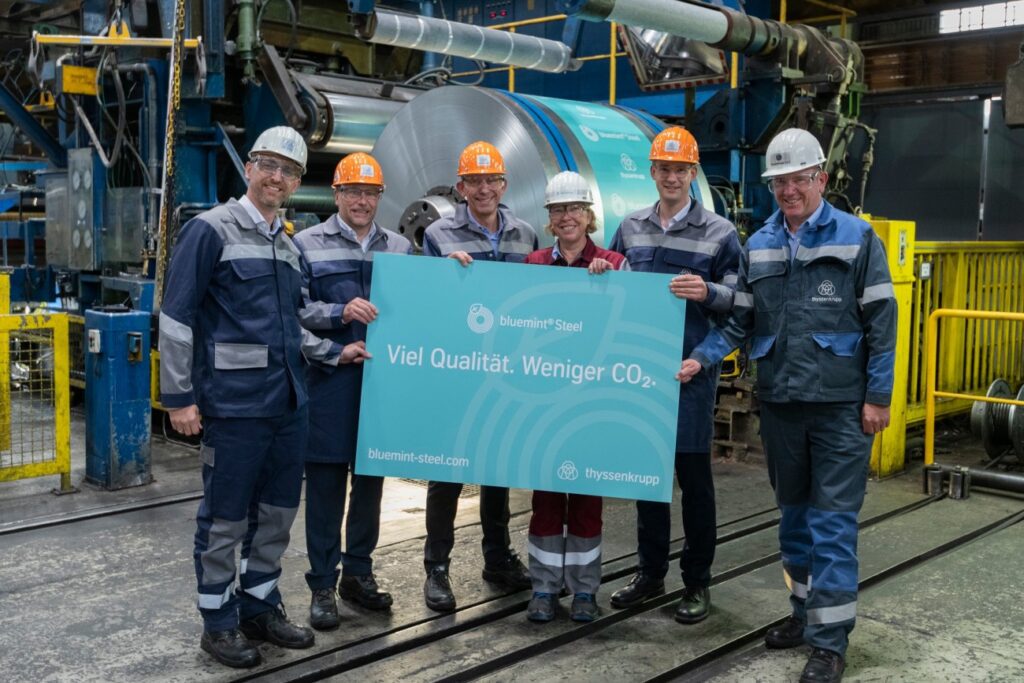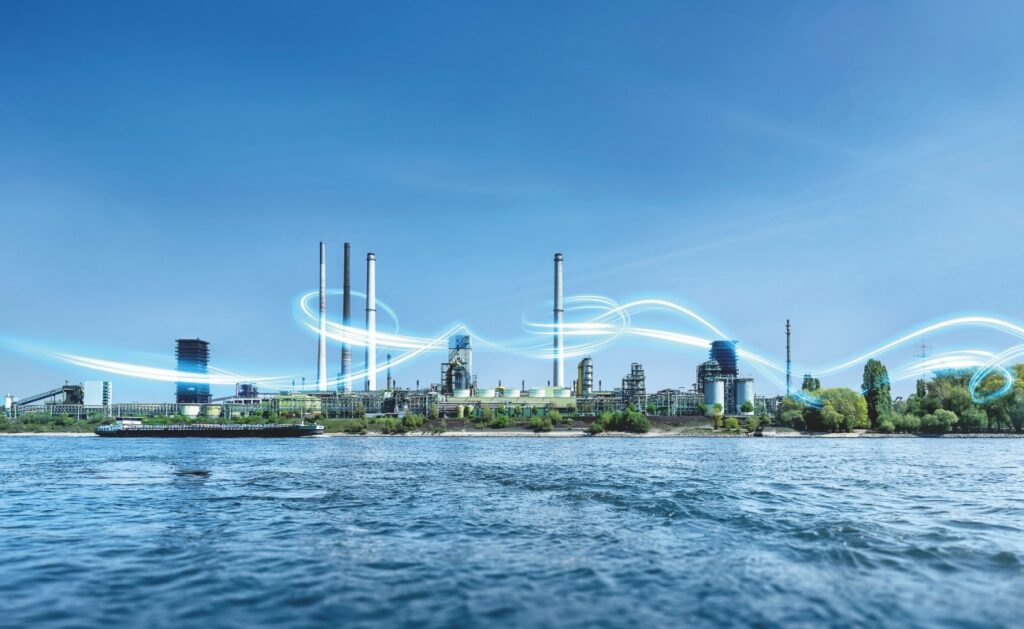
POSCO promotes preemptive acquisition of low-carbon steel raw materials in Australia
As part of POSCO’s strategy to achieve carbon neutrality by 2050, the company is actively engaged in activities to secure low-carbon steel raw materials in Australia.






